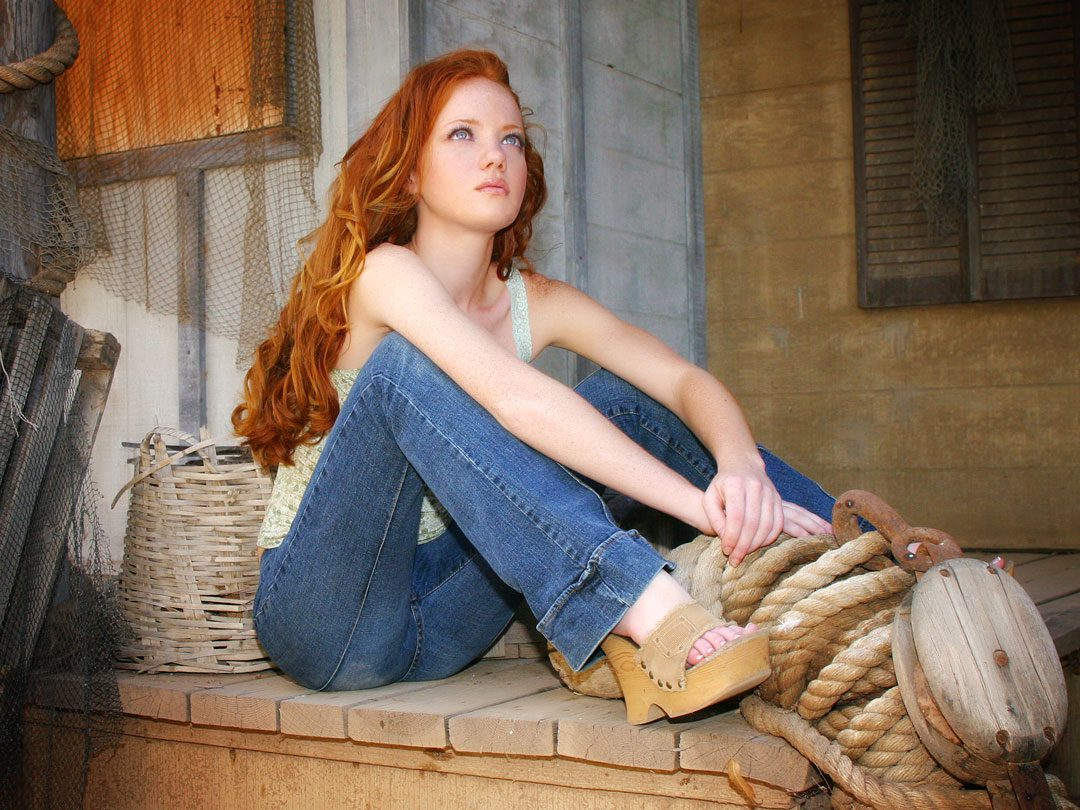Today’s Post by Joe Farace
During July, we celebrate National Anti-Boredom Month to encourage everyone to identify what makes us bored and find ways to fight against it. We often associate being bored with having nothing to do, but that’s not always the case. Many times, we have plenty to do or are even doing it, but the task at hand does not stimulate our minds. When this happens, we can become irritable, tired, or begin to not care about how well we do a task. We may also seek out stimulation to relieve the boredom. Such as…
I was having breakfast with some friends when one of them, an accomplished photographer who shoots for Playboy, said something about the ideas he gets from his mood wall. “What’s a mood wall,” I ask and he tells me it’s a board that contains images, text or objects that are built around upon a single topic. When I mentioned this to my wife, she told me that most of her clients—architects and designers—have mood walls where they post clippings and photos of concepts that intrigue them and inspire them to try something new. Well, photographers need the same kind of inspiration from time to time, so I decided to make a digital mood wall.

What I really wanted to make was a physical wall in my home studio where I could post 4×6 prints but that idea awaits completion.as I decide what to do with the In the meantime, I’m collecting images in a “Mood Wall” folder on my 5K iMac that’s periodically reviewed and updated (to eliminate those “what was I thinking images”) and then downloaded to my iPad. In the meantime, the images I’ve collected are used for two purposes:
- The first was for backgrounds/sets/locations that I could use or create to get out of the rut of shooting with the same backdrops that I’ve used for many years. For a look at my take on backgrounds check out my post Seamless Paper & Alternative Backdrops.
- The second was as a posing guide, especially useful when working with new models who may not have refined their skills. I wanted to be able to show them a pose from the mood wall as a way of inspiring them. For my take on model posing skills, please check out my post Photographing Different Kinds of Portrait Subjects.
And lest you think this is all about copying another photographer’s work, I disagree. The one thing I’ve noticed in every photography workshop I’ve taught is that students, even when using the same cameras and lenses, never create the exact same images, even when shooting side–by-side. It’s all about each photographer’s unique vision.
As I see it, the images on the mood wall are designed to inspire and provide a jumping off point for your interpretation of an idea. Give a real or virtual mood wall a try, you’ll be glad you did.
How I made the above photo: I photographed Heather, a former Playmate, on a movie set in Arizona while trying to evoke a kind of daydreaming Huck Finn. I used a Canon EOS 50D with an EF 28-105mm f/3.5-4.5 II USM lens with mostly daylight exposure of 1/200 sec at f/7.1 and ISO 400. An 550EX speedlight was used for fill. I stupidly sold this wonderful lens and it’s been discontinued but you can pick up a used one on Amazon for approx. $140, as I write this.
 If you enjoyed today’s blog post and would like to treat Joe to a cup of Earl Grey tea ($2.75), click here. And if you do, many thanks.
If you enjoyed today’s blog post and would like to treat Joe to a cup of Earl Grey tea ($2.75), click here. And if you do, many thanks.
If you’re interested in learning how I use cameras, lenses and lighting in my in-home studio and on location, please pick up a copy of Studio Lighting Anywhere which is available new from Amazon.com for $32.06 with used copies starting around seven bucks, as I write this. The Kindle version is only $19.99 if you prefer a digital format.